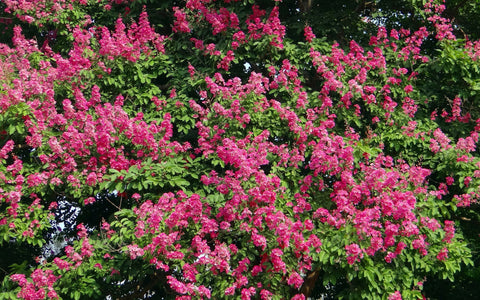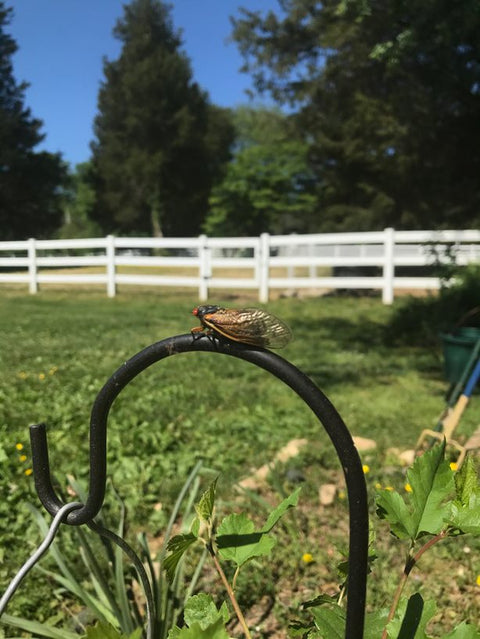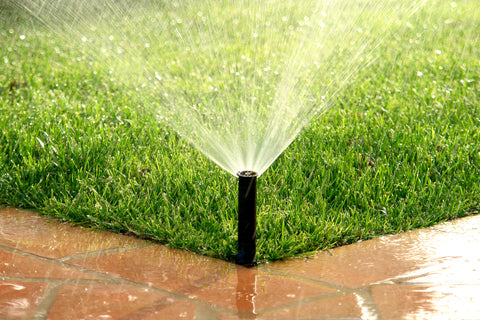Lagerstroemia is a warmer climate plant the is native to the Asia, and Australia, and most Indian subcontinents. There are over 50 species native to those areas. There are over 100 cultivars on the market in the United States. They can be broken out by size – dwarf, small, medium, and tall shrubs, small and large trees. Their flowers can range from deep purple to red to white and all colors in between. The colorful large terminal flower panicles are crinkled and can be from 3-4 inches to 12-16 inches depending on the ultimate size of the cultivar. The smallest shrub can grow to 1 foot in height and the largest tree can grow to 35-40 ft. tall. The bark of the tree varieties exfoliates and are mottled for great winter interest. They are considered lean plants and need little to no fertilizer.
The National Arboretum has developed the most comprehensive list of most of the cultivars and they along with Dr. Don Egolf are responsible for developing the best varieties for planting in the Mid-Atlantic area. These varieties mostly developed in the 1970’s are named after native American tribes and are hardy from zones 6/7 – 10. Many are developed to be free of powdery mildew and not susceptible to aphid infestation.
Crape or Crepe Myrtles prefer well-draining soils, full sun, are drought tolerant and many develop great fall color. They need little pruning if you pick the correct size for your planting area. Poor pruning techniques are called Crape Murder, and this is seen when a large cultivar is planted in an area that is meant for a 5-6 ft. variety. The tree forms can be limbed up to create a multi or single stemmed tree but never cut down as you excessively increase the weight of green growth on the limbs and excess tender green growth reduces flower and is a draw for foliage damaging insects. Many individuals improperly prune and damage larger overgrown specimens.
Remembering the right plant right place landscape rule, the Crape myrtle is a wonderful non-native plant to have in your summer garden. Their blooms can range in color depending on soil quality, winter stress, and light. They require little upkeep if planted correctly. Make sure you do your homework when hunting for a variety to fit in your garden.











